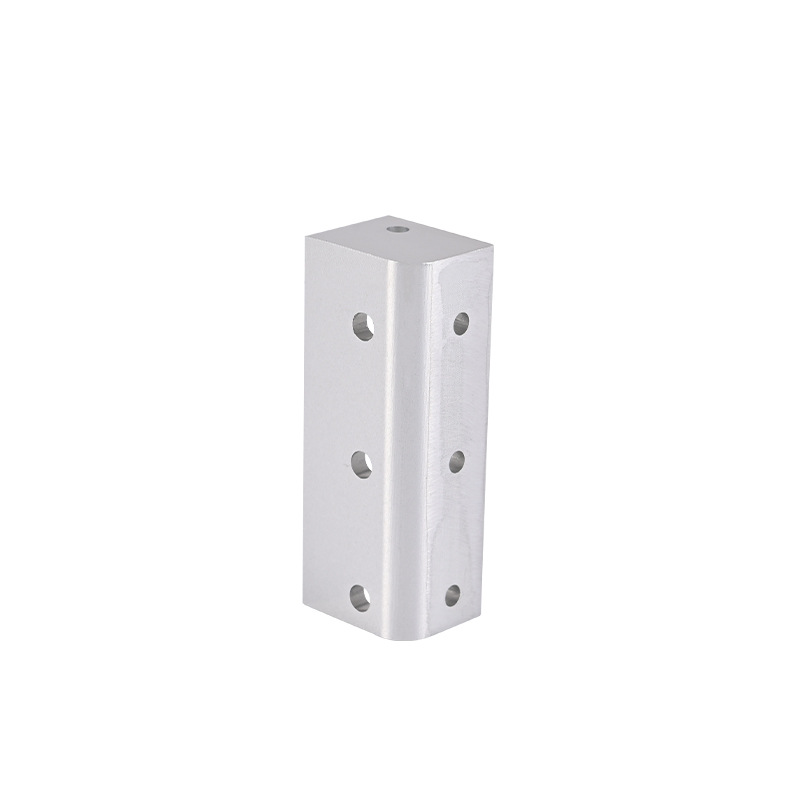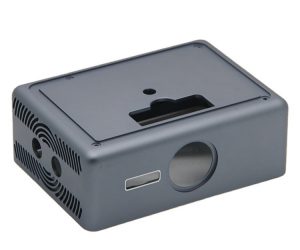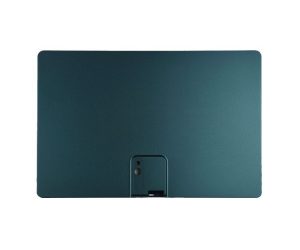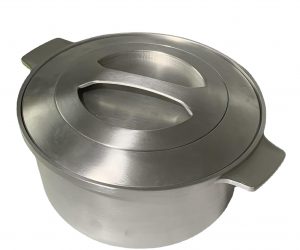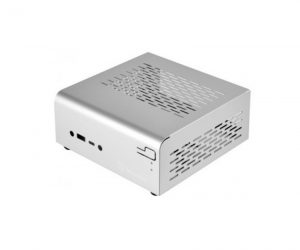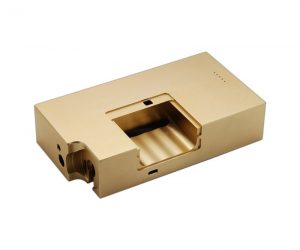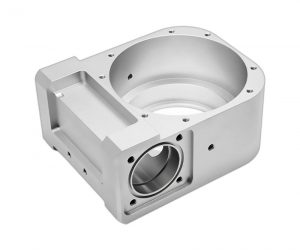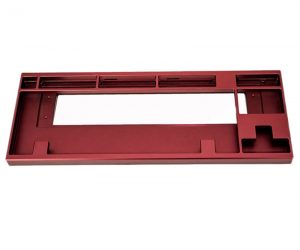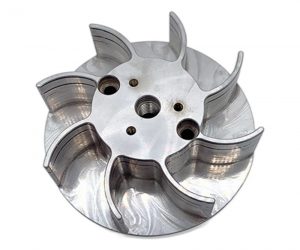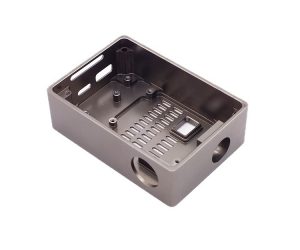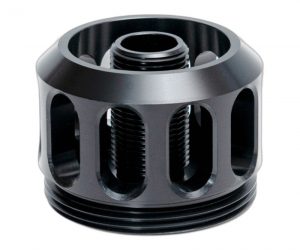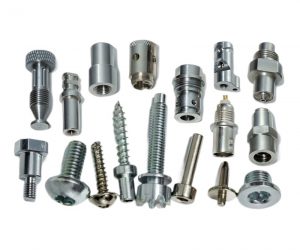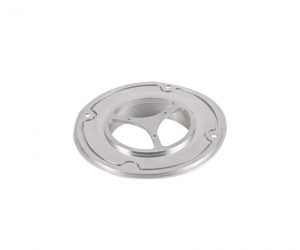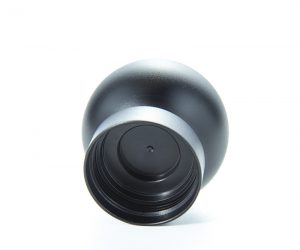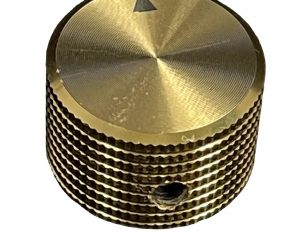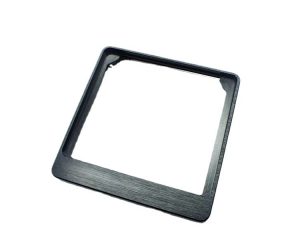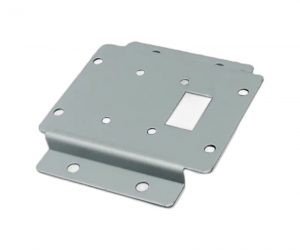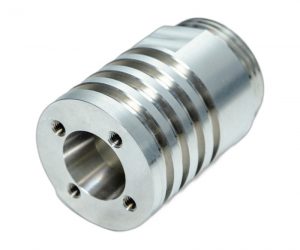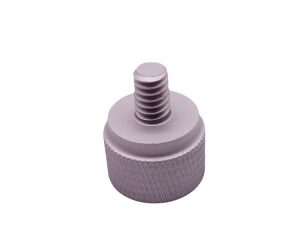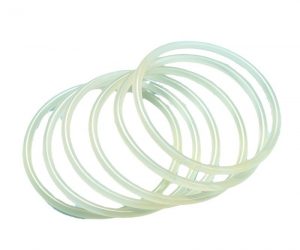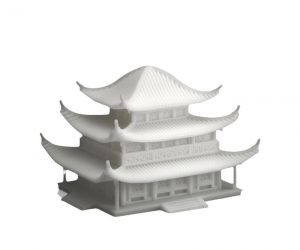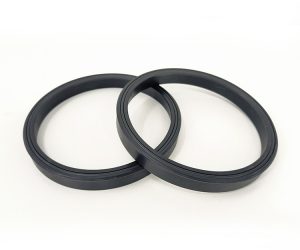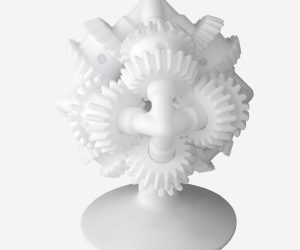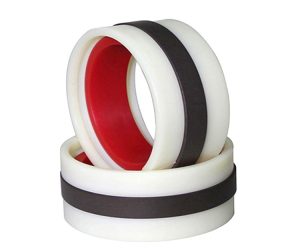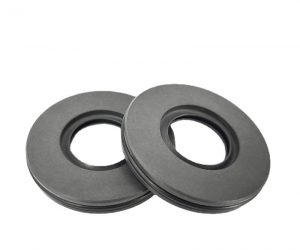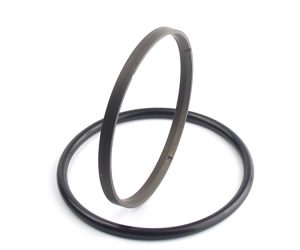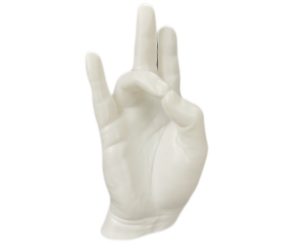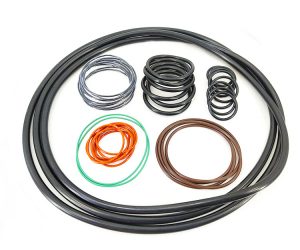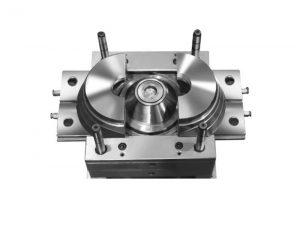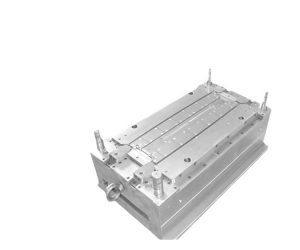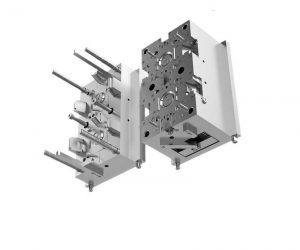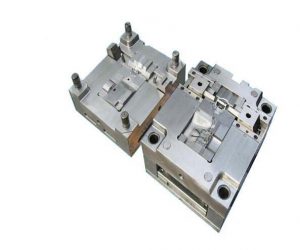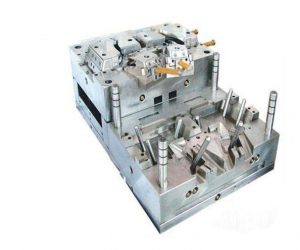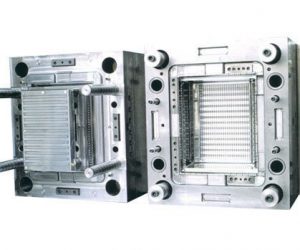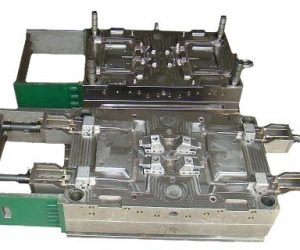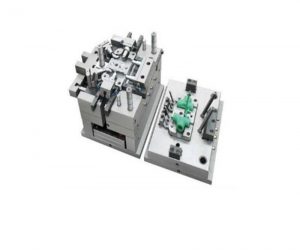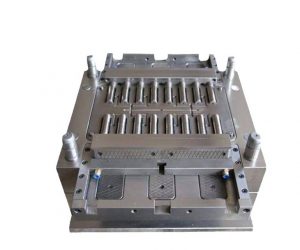Explore the cutting-edge realm of 3D printing technologies, from additive manufacturing to stereolithography, and discover how these innovations are transforming prototyping, production, and beyond.
I. Introduction to 3D Printing Technologies
A. Evolution and Impact on Manufacturing Processes
The manufacturing industry has witnessed a profound transformation in recent decades, driven by the rapid advancements in 3D printing technologies. Once relegated to the realm of prototyping and hobbyist tinkering, these innovative additive manufacturing techniques have now emerged as powerful tools that are redefining the way we conceptualize, design, and produce a wide range of products. From intricate consumer goods to complex medical implants, 3D printing technologies have unleashed a new era of design freedom, cost-efficiency, and on-demand production, fundamentally reshaping the manufacturing landscape.
B. The Shift from Traditional to Digital Manufacturing
The rise of 3D printing technologies has ushered in a pivotal shift from traditional, subtractive manufacturing methods to a more digital, additive approach. Unlike conventional techniques that involve cutting, molding, or casting materials to create a desired shape, 3D printing relies on the precise layering and fusion of materials, often guided by computer-aided design (CAD) software and digital models. This transition to a digital manufacturing paradigm has unlocked unprecedented design possibilities, empowered rapid prototyping, and enabled the seamless integration of complex geometries and personalized features. As 3D printing technologies continue to evolve, they are poised to challenge the limitations of conventional manufacturing, offering manufacturers, designers, and engineers new avenues for innovation, efficiency, and customization.
II. Key 3D Printing Technologies and Their Mechanisms
A. Additive Manufacturing (AM) and Its Various Forms
At the heart of the 3D printing revolution lies the fundamental process of additive manufacturing (AM). This broad term encompasses a diverse range of techniques that share a common principle: the fabrication of three-dimensional objects by building them up layer by layer, rather than removing material through traditional subtractive methods. Within the additive manufacturing umbrella, various specialized technologies have emerged, each with its own unique mechanisms and capabilities. These include, but are not limited to, stereolithography (SLA), selective laser sintering (SLS), fused deposition modeling (FDM), and direct metal printing (DMP), among others. Each of these additive manufacturing approaches offers distinct advantages in terms of material compatibility, resolution, speed, and the complexity of the final products, catering to a wide range of applications and industries.
B. Stereolithography (SLA): Accuracy and Resolution
One of the pioneering 3D printing technologies, stereolithography (SLA), has long been renowned for its exceptional accuracy and resolution. SLA utilizes a focused ultraviolet (UV) laser to selectively cure and solidify a photopolymer resin, layer by layer, to create highly detailed and intricate three-dimensional objects. The precision of this process allows for the fabrication of parts with intricate features, smooth surfaces, and exceptional dimensional accuracy, making SLA a popular choice for applications such as rapid prototyping, dental and medical devices, and high-end consumer products. As the SLA technology has evolved, it has also expanded its material capabilities, incorporating a wider range of resins, including those with enhanced mechanical properties, specialized functionality, and even biocompatibility for medical applications.
C. Selective Laser Melting (SLM) and Direct Metal Printing
In contrast to the photopolymer-based SLA process, selective laser melting (SLM) and direct metal printing (DMP) technologies have revolutionized the realm of metal additive manufacturing. These techniques utilize high-energy lasers or electron beams to selectively melt and fuse metal powders, layer by layer, to create complex, functional parts directly from digital 3D models. The ability to produce end-use metal components with intricate geometries, exceptional strength-to-weight ratios, and tailored material properties has made SLM and DMP invaluable tools in industries such as aerospace, automotive, and medical implants. Moreover, the continuous advancements in metal powder materials, printing speeds, and process control have further expanded the capabilities of these technologies, enabling the fabrication of highly customized and performance-driven metal parts.
D. Fused Deposition Modeling (FDM) and Material Extrusion
Another prominent 3D printing technology, fused deposition modeling (FDM), has gained widespread popularity for its accessibility and versatility. FDM, also known as material extrusion, involves the melting and extrusion of thermoplastic filaments through a heated nozzle, which then deposits the material layer by layer to build up the desired 3D object. This process is renowned for its cost-effectiveness, ease of use, and the wide range of compatible materials, including a variety of polymers, composites, and even some metals. FDM-based 3D printers have become increasingly affordable and user-friendly, making them accessible to hobbyists, small businesses, and educational institutions, enabling rapid prototyping, small-scale production, and the exploration of diverse applications.
III. Applications of 3D Printing Technologies
A. Rapid Prototyping and Product Development
One of the most well-established and transformative applications of 3D printing technologies is in the realm of rapid prototyping and product development. By leveraging the speed, flexibility, and design freedom offered by additive manufacturing, designers, engineers, and inventors can quickly iterate on their concepts, produce functional models, and validate their ideas without the constraints of traditional manufacturing timelines and costs. This ability to rapidly create and test physical prototypes has become an invaluable asset in accelerating the product development cycle, enabling companies to respond to market demands more effectively, explore new design avenues, and secure funding or investor interest through the presentation of high-quality, tangible samples. The integration of 3D printing technologies into the product development process has revolutionized the way new ideas are brought to life, empowering innovation and fostering a more agile, iterative approach to design.
B. Customized End-Use Parts Production
Beyond the realm of prototyping, 3D printing technologies have also revolutionized the production of customized end-use parts and components. By leveraging the design freedom and on-demand manufacturing capabilities of additive processes, manufacturers can now fabricate highly customized, complex, and functionally optimized parts tailored to the specific needs of their customers or applications. This shift towards personalized production has disrupted traditional manufacturing models, particularly in industries such as aerospace, automotive, and medical devices, where the ability to produce customized parts can lead to significant performance, cost, and efficiency improvements. The ongoing advancements in materials, printing techniques, and process control have further expanded the range of 3D printed end-use parts, enabling the production of durable, high-performance components that can rival or even exceed the capabilities of their conventionally manufactured counterparts.
C. Medical and Biotech Applications
One of the most remarkable and impactful applications of 3D printing technologies lies in the medical and biotech fields. The ability to fabricate patient-specific medical devices, prosthetics, and even living tissue has opened up new frontiers in personalized healthcare and regenerative medicine. Through the integration of 3D printing with advanced imaging techniques, clinicians can now create customized implants, surgical guides, and anatomical models that precisely fit a patient's unique anatomy, improving surgical outcomes and enhancing the quality of life for those in need. Furthermore, the emergence of bioprinting, which utilizes 3D printing techniques to deposit living cells, biomaterials, and growth factors, has paved the way for the development of functional tissue constructs, organ replicas, and even the potential for regenerative therapies. As 3D printing technologies continue to evolve, their impact on the medical and biotech industries is expected to grow, revolutionizing the way we approach healthcare, rehabilitation, and the pursuit of innovative solutions to complex biomedical challenges.
IV. Advantages of Using 3D Printing Technologies
A. Unparalleled Design Freedom and Complexity
One of the primary advantages of 3D printing technologies lies in their inherent design freedom and the ability to create complex, intricate geometries that would be challenging or even impossible to achieve through traditional manufacturing methods. By building objects layer by layer, additive manufacturing processes offer unprecedented design flexibility, allowing engineers, designers, and inventors to push the boundaries of form and function. This design freedom enables the creation of highly customized parts, organic shapes, and intricate internal structures that can optimize weight, strength, and performance characteristics. Furthermore, the integration of 3D printing with advanced software and computational design tools has empowered designers to explore and realize even more ambitious, innovative, and visually striking creations, unlocking new avenues for creativity and problem-solving.
B. Cost Efficiency and Resource Optimization
In addition to the design advantages, 3D printing technologies have also demonstrated significant cost-efficiency and resource optimization benefits compared to conventional manufacturing approaches. By eliminating the need for extensive tooling, molds, and extensive material waste, additive manufacturing processes can reduce the upfront capital investment and operational expenses associated with production. This cost-effectiveness is particularly advantageous for small-scale, customized production runs or the fabrication of complex, low-volume parts, where traditional manufacturing methods may prove prohibitively expensive. Moreover, the ability to produce parts on-demand and minimize inventory levels can lead to substantial savings in logistics, storage, and warehousing costs. Additionally, the efficient use of materials in 3D printing, with the potential for recycling and reusing excess or waste materials, contributes to a more sustainable and resource-optimized manufacturing ecosystem.
C. Speed and Shortened Time-to-Market for Products
The speed and responsiveness of 3D printing technologies have also emerged as significant advantages in today's fast-paced, competitive business landscape. By eliminating many of the time-consuming steps associated with traditional manufacturing, such as tool fabrication, mold preparation, and lengthy production runs, additive manufacturing processes can drastically reduce the time-to-market for new products. This agility allows companies to respond more quickly to evolving market demands, rapidly iterate on design concepts, and accelerate the introduction of innovative solutions to the market. Furthermore, the ability to produce prototypes, customized parts, and small-batch production runs in a matter of hours or days, rather than weeks or months, empowers businesses to make more informed decisions, test new ideas, and bring their visions to life with greater efficiency and speed.
V. Challenges and Considerations in 3D Printing Technologies
A. Material Limitations and Compatibility Issues
While 3D printing technologies have made significant advancements, they are not without their challenges and limitations. One of the key considerations is the availability and compatibility of materials for various additive manufacturing processes. While the range of materials, including polymers, metals, ceramics, and even biomaterials, has expanded in recent years, there are still constraints in terms of material properties, performance characteristics, and suitability for specific applications. Addressing these material limitations, ensuring consistent quality and reliability, and developing innovative new materials that can unlock the full potential of 3D printing remain ongoing areas of research and development. Overcoming these material-related challenges will be crucial in expanding the adoption and versatility of 3D printing technologies across diverse industries.
B. Quality Assurance and Standardization Efforts
Another critical consideration in the world of 3D printing technologies is the need for robust quality assurance measures and standardization efforts. As the adoption of additive manufacturing continues to grow, ensuring consistent, reliable, and high-quality outputs is paramount. This involves addressing issues such as dimensional accuracy, surface finish, mechanical properties, and repeatable performance across different 3D printing platforms and service providers. Standardization initiatives, both at the industry and regulatory levels, are crucial in establishing common guidelines, testing protocols, and certification processes to build trust and confidence in the quality and reliability of 3D printed parts. Ongoing collaboration between manufacturers, researchers, and policymakers will be essential in developing the necessary quality assurance frameworks and driving the widespread acceptance of 3D printing technologies.
C. Intellectual Property and Regulatory Concerns
The rise of 3D printing technologies has also introduced new challenges related to intellectual property (IP) protection and regulatory considerations. As the ability to digitize and distribute 3D models becomes increasingly accessible, concerns about unauthorized replication, copyright infringement, and the safeguarding of proprietary designs have become more prevalent. Addressing these IP-related issues, both through technological solutions and robust legal frameworks, will be crucial in fostering a thriving and sustainable 3D printing ecosystem. Furthermore, as 3D printed products, particularly in domains such as healthcare and aerospace, become more prevalent, navigating the regulatory landscape and ensuring compliance with industry standards and safety protocols will be critical to maintaining public trust and mitigating potential risks. Proactive engagement with policymakers, industry associations, and legal experts will be essential in shaping the regulatory landscape to support the responsible and ethical development of 3D printing technologies.
VI. Innovative Projects and Case Studies
A. Pioneering Uses of 3D Printing in Industry and Research
The world of 3D printing technologies is brimming with innovative projects and pioneering applications that are pushing the boundaries of what is possible in manufacturing and beyond. From the production of custom prosthetic limbs and intricate architectural models to the fabrication of revolutionary aerospace components and high-performance sporting goods, 3D printing has emerged as a transformative tool across a diverse array of industries. These pioneering use cases not only showcase the remarkable capabilities of additive manufacturing but also inspire further innovation and the exploration of new frontiers. By highlighting the groundbreaking work of industry leaders, research institutions, and creative visionaries, we can gain valuable insights into the transformative potential of 3D printing technologies and the innovative solutions they can unlock.
B. Creative Solutions Emerging from Technological Advances
As 3D printing technologies continue to evolve, the creative solutions and unexpected applications that emerge are truly inspiring. Inventors, designers, and problem-solvers are constantly finding new ways to leverage the design freedom, speed, and customization capabilities of additive manufacturing to address complex challenges and bring innovative ideas to life. From the development of unique musical instruments and customized fashion accessories to the fabrication of complex medical implants and specialized robotic components, the versatility of 3D printing technologies has unlocked a wellspring of creative possibilities. By empowering individuals and teams to think beyond the constraints of traditional manufacturing, these technological advancements have catalyzed a new era of problem-solving, where the boundaries between art, engineering, and design are blurred, giving rise to truly remarkable and transformative solutions.
C. Collaborative Efforts and Open-Source Developments
The 3D printing technology landscape has also been shaped by the collaborative efforts and open-source developments that have emerged within the global maker community. By fostering a spirit of shared knowledge, open-source hardware and software, and the free exchange of ideas, this community has played a pivotal role in democratizing access to additive manufacturing capabilities and accelerating the pace of innovation. From the creation of user-friendly 3D printing platforms and the development of open-source design files to the organization of global hackathons and maker fairs, these collaborative endeavors have empowered individuals, small businesses, and educational institutions to participate in the 3D printing revolution. The open-source ethos that underpins much of the 3D printing ecosystem has not only driven technological progress but has also fostered a vibrant, inclusive, and community-driven approach to problem-solving and creative expression.
VII. Future Prospects and Developments in 3D Printing Technologies
A. Emerging Innovations and Breakthroughs
As the landscape of 3D printing technologies continues to evolve, the future holds an abundance of exciting innovations and breakthroughs on the horizon. From the integration of advanced materials, such as high-performance composites, smart materials, and bio-based polymers, to the development of more efficient and energy-efficient printing processes, the potential for continued advancements is immense. Additionally, the incorporation of cutting-edge technologies, such as multi-material printing, in-situ monitoring, and closed-loop control systems, may unlock unprecedented design possibilities and enable the production of even more complex, functional, and intelligent 3D printed parts. As these emerging innovations take root, we can expect to see an even greater expansion of the capabilities, versatility, and accessibility of 3D printing technologies, ultimately paving the way for more ambitious and transformative applications across a wide range of industries.
